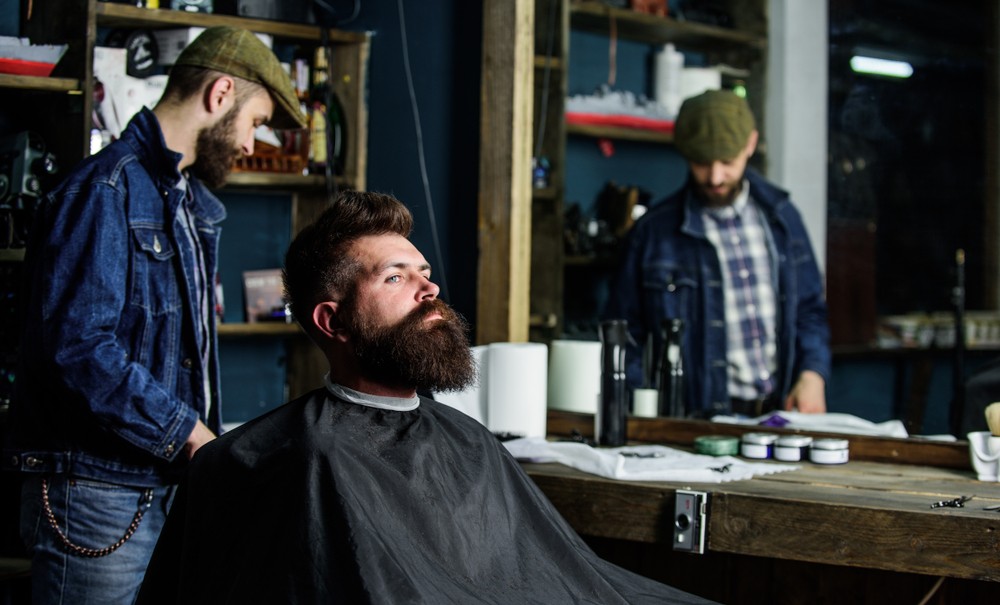What is Barbering?
Barbering is the craft of cutting, styling, and coloring short hair, as well as shaving or grooming facial hair. The barbering industry typically caters to men’s haircuts and beard or mustache maintenance, but women can be a part of the industry as well, whether as a professional or a client.
A barber is distinguished from a hairdresser in the current lexicon by the aesthetics of his workplace and the services that he provides. It is quite common, in barbering, for men to have a shave and a haircut in each visit to the barber shop. For a time, barbering was considered to be an outdated practice that had been surpassed by hairdressing and at-home shaving practices. Recently, the art of barbering has become popular once again and some chic neighborhoods and shopping malls include barber shops. It is also becoming common for high-end hotels to have barber shops on the premises.
What courses are available?
There are a range of barber training courses, men’s grooming, traditional barbering, advanced quality barbering, hair styles, hygiene, different scissors techniques, shaving, knowledge in hair products, health or clipper and comb barbering. If you are interested in developing your barber skills you can pick a perfect training just for yourself. Here are some of the courses available:
- Advanced Barbering Diploma Course
- Introduction To Barbering Courses
- Barbering techniques QQI Level 5
- ITEC Level 2 Barbering courses
Studying Barbering in college
Most basic barbering programs teach haircutting techniques like clipper cutting, layering, and graduation to create different shapes and silhouettes within haircuts. Some coloring or chemical skills are usually taught, as well as some basic anatomy and bacteriology to help students maintain safe sanitary practices. Barbering programs teach the fundamentals of facial hair grooming and shaving in addition to cutting skills. This is one of the primary distinctions between barbering and traditional cosmetology.
Career options
When most people think of a barber, they think of someone who snips and clips hair at a shop with a striped pole out front. While many barbers still work in traditional barbershops, a new variety of career options and opportunities has become available. Barbers can work for themselves, find careers in the personal care industry or teach in barber training programs.
Related jobs include:
- Hairstylists and Cosmetologists
- Manicurists
- Professional Makeup Artists
- Tailors
- Skin Care Specialists
FAQ
What is the difference between a barber and a hairdresser?
While hairdressers working in salons may offer a number of hair treatments including perms, and color treatments such as highlights, a barber will generally not offer such services. Another major difference between barbering and hairdressing is services for men’s facial hair. Most hair dressers will not shave or trim men’s beards although this is a key part of barbering.
Where can I study Barbering?
Explore your options here
Did You Know?
- Barbering has been around since as early as 5000 BC, when Egyptians made grooming tools with oyster shell or sharpened flint.
- Barbering became important in Mayan or Aztec cultures to distinguish societal or wartime roles. Shave art was used in these cultures to show rank and status.
- In the Middle Ages, barbers actually practiced more than just haircutting—they were regarded as surgeons and dentists as well.
- The classic barbering pole we all know and love is a symbol of this history. The pole was often used by barber-surgeons during medical services as something for the patient to hold onto to encourage good blood flow. The red and white stripes symbolize blood and bandages, or bone, and were a symbol of medicinal healing in the same way we see the red cross today.












Comments